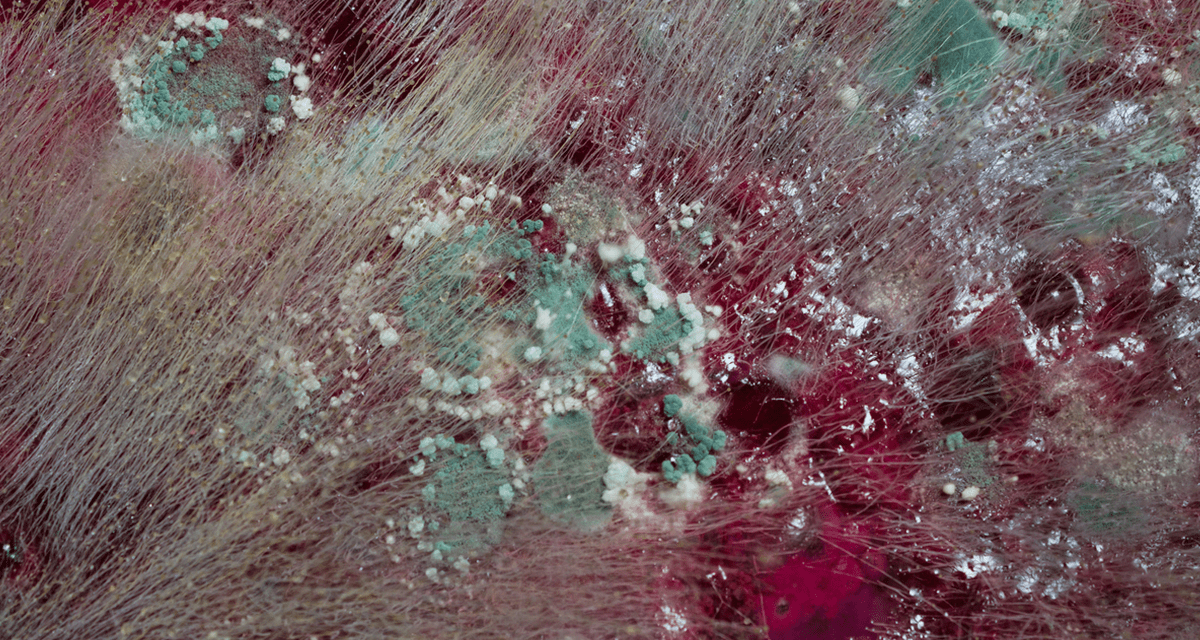Allergen immunotherapy (AIT) is an effective treatment option for allergic rhinitis and can be administered in the allergy or general practice office. The benefits of AIT include a decrease in symptoms and medication use and induction of tolerance to aeroallergens. Rush IT protocols have been introduced to accelerate the build-up period of AIT, which is the most time-consuming and cumbersome phase. Modified rush AIT protocols have been created to decrease the incidence of systemic reactions compared to traditional rush immunotherapy protocols while allowing for rapid build-up and relief of allergy symptoms as well as a decreased number of weekly visits (Figure). However, this novel approach has not been well studied, and concerns exist of systemic reactions when administering accelerated AIT protocols.
Combining Rapid and Safe Build-Up
With an aim to devise a modified accelerated AIT protocol that combined rapid and safe build-up to the maintenance AIT dose, we and our colleagues conducted a study of a novel 1-day, eight-step, modified environmental rush immunotherapy (MERIT) protocol, and published our results in Allergy and Asthma Proceedings. The protocol was followed by gradual build-up to the full maintenance AIT dose. Patients were pre-treated the day before and day of the protocol with prednisone 40 mg, montelukast 10 mg, and non-sedating H1 and H2 antihistamines. As a safety precaution, all patients were prescribed auto-injectable epinephrine.
The objectives of this study were to describe the protocol design and safety as well as patient characteristics, and also to identify distinguishing features of patients who experienced systemic reactions compared with those who did not. This study was a retrospective analysis of adult patients with allergic rhinitis who underwent the MERIT protocol between 2005 and 2015. We collected data on patient demographics, comorbidities, and allergen extract content. Severity and frequency of systemic reactions during the MERIT day, subsequent build-up, and maintenance phases were analyzed.
Our population consisted of 230 females and 132 males with a median age of 33 years and BMI of 26.2. Approximately 48% of patients had a diagnosis of asthma. For asthmatic patients, a baseline FEV1 was measured prior to starting AIT and peak expiratory flow measurements were obtained before MERIT and every subsequent AIT injection. History of urticaria and angioedema were seen in 12.5% and 1.4% of patients, respectively.
Important Findings
In total, 13.8% of patients experienced systemic reactions at any time during AIT, with 4.7% of reactions occurring on the MERIT day. Most of the systemic reactions were mild and were rapidly reversed with treatment. While there was no association with gender, those who experienced a systemic reaction tended to be younger and had a lower BMI. There was also a tendency for an association between systemic reactions and a diagnosis of urticaria or angioedema. Asthma has traditionally been identified as a risk factor for systemic reactions; however, our study found no association between asthma and systemic reactions to AIT. The occurrence of a systemic reaction did not impact premature discontinuation of AIT.
In terms of AIT content, 71% had both seasonal and perennial allergens in their extract. Dust mite was the most commonly included allergen (75%), followed by cat (66%), any weed pollen (65%), and grass mix pollen (61%). In multivariate analysis of allergen content by systemic reactions, significant associations were seen with extract containing dust mites, cat, and mugwort (a weed pollen). Healthcare providers administering AIT should be aware of these risks factors and be prepared to treat these reactions. Ultimately, studies directly comparing MERIT protocol with traditional build up will be needed.



 PWeekly
PWeekly
 Merritt L. Fajt, MD
Merritt L. Fajt, MD Andrej A. Petrov, MD
Andrej A. Petrov, MD